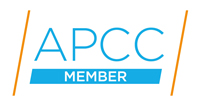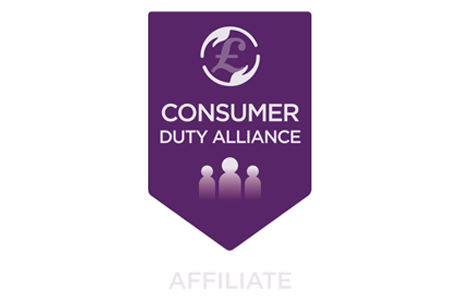Planning your marketing activities

Aimee Carnwath
26 August 2024In this article, we will cover how to effectively plan your marketing activities to ensure you get the results you want.
Firstly, consider the key messages you want to get across in the next few weeks. Do you have a new service you’re rolling out? Do you want more of a certain kind of business, such as mortgage advice or income protection? Having a goal to build your campaign around allows you to plan your content effectively, including who you want to target. We encourage you to send out consistent messages across all platforms, but for example if you are focused on wider brand awareness, and getting your message out to a wider audience, then perhaps social media is the best avenue to go down, whereas if you want to communicate with your existing audience, perhaps an email marketing campaign makes sense. It’s also important to consider your own capacity for sending out communications.
Our Summer School of Marketing is planned ahead of time, just like a marketing campaign. For six weeks, we have focused on a unique aspect of marketing, but each week is related to each other as they all link back to that core topic of marketing. This allows us to post a range of relevant content throughout the summer without repeating ourselves. We recommend operating your campaigns in a similar way – for example, if you run a campaign focusing on income protection by sharing information and content around the various different aspects.
Firstly, you need to create the content that your campaign will revolve around. Whilst it can be daunting, it’s important to not bite off more than you can chew, and be realistic with the content that you create in order to remain consistent. We recommend building your campaign around ‘hero content’ – this may be a video, article, etc, which you then build supporting content around during the week. For example, referring to our previous example of income protection, you could record and post a video that is a couple of minutes long about a specific aspect of income protection, then post smaller snippets from the same video, or type up some of what you said in a text format instead.
As discussed in our social media article, consistency is king when posting on social media. Ensuring you can post regularly and frequently is key, therefore it can sometimes take a little more time and planning to carry out effectively. Depending on the content you have created, different platforms will perform better than others. We recommend using video content, as this can be posted on nearly all platforms. There is also the opportunity to ‘go live’ on platforms such as TikTok to talk directly to your followers.
Email marketing is a great way to keep a dedicated segment of your customer base engaged. The nature of email marketing means that everyone in your audience has voluntarily signed up to receive your emails. Some of the best ways to encourage people to sign up to your list and to discourage unsubscribing is by providing useful information and not trying to sell too hard. If you’re subscribed to Paradigm’s mailing list, you’ll be familiar with the newsletters and hints and tips we often send out. These newsletters often tie into our overarching campaign topic.
It’s important to keep your website up-to-date with the messages you’re sending out. This is likely to be one of the main destinations that potential customers will visit when they decide to get in touch with you. Your website is there to provide information and encourage customers to get in contact. Therefore, the content displayed on your website should reinforce the messages in your marketing to make sure that your customers have a consistent journey and ultimately get in contact. Keep it consistent with the core theme of your marketing campaign at the start and keep it the same throughout.
During your marketing campaign, it’s important to track the results to better inform future decisions on topics to cover, content to create and platforms to utilise. You can do this with several tools – Google Analytics is one of the best ways to track the performance of online marketing, with the ability to track the activity of every user on your website down to where they came from, what they did on the website, and if they turned into a lead. There are other methods, such as modifying your contact forms, or simply asking new customers where they heard of you. However you track your results, keep a note of it so leads can be attributed to campaigns, methods and messages, so you can track what works best and use this data to plan your next marketing campaign.
That covers the basics of planning your own marketing activities. We hope this has been useful, and, along with the rest of the insights we have shared as part of this year’s Summer School, you can apply this to your own businesses.


